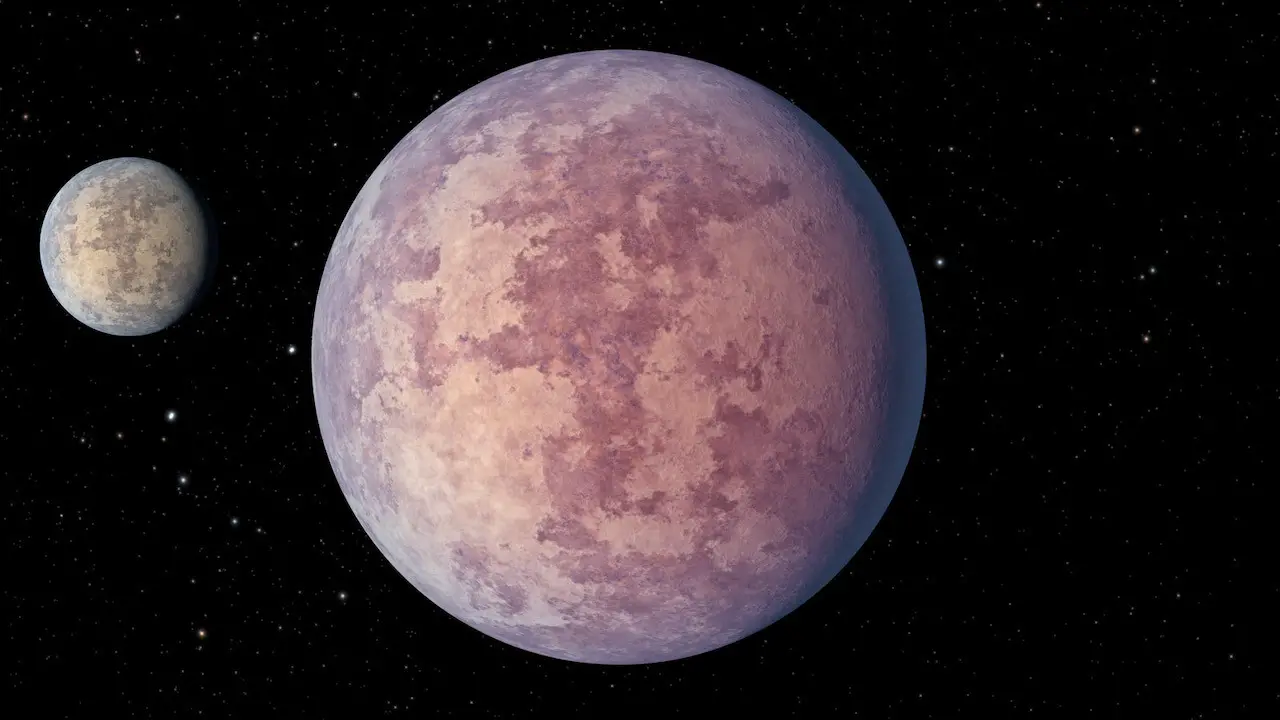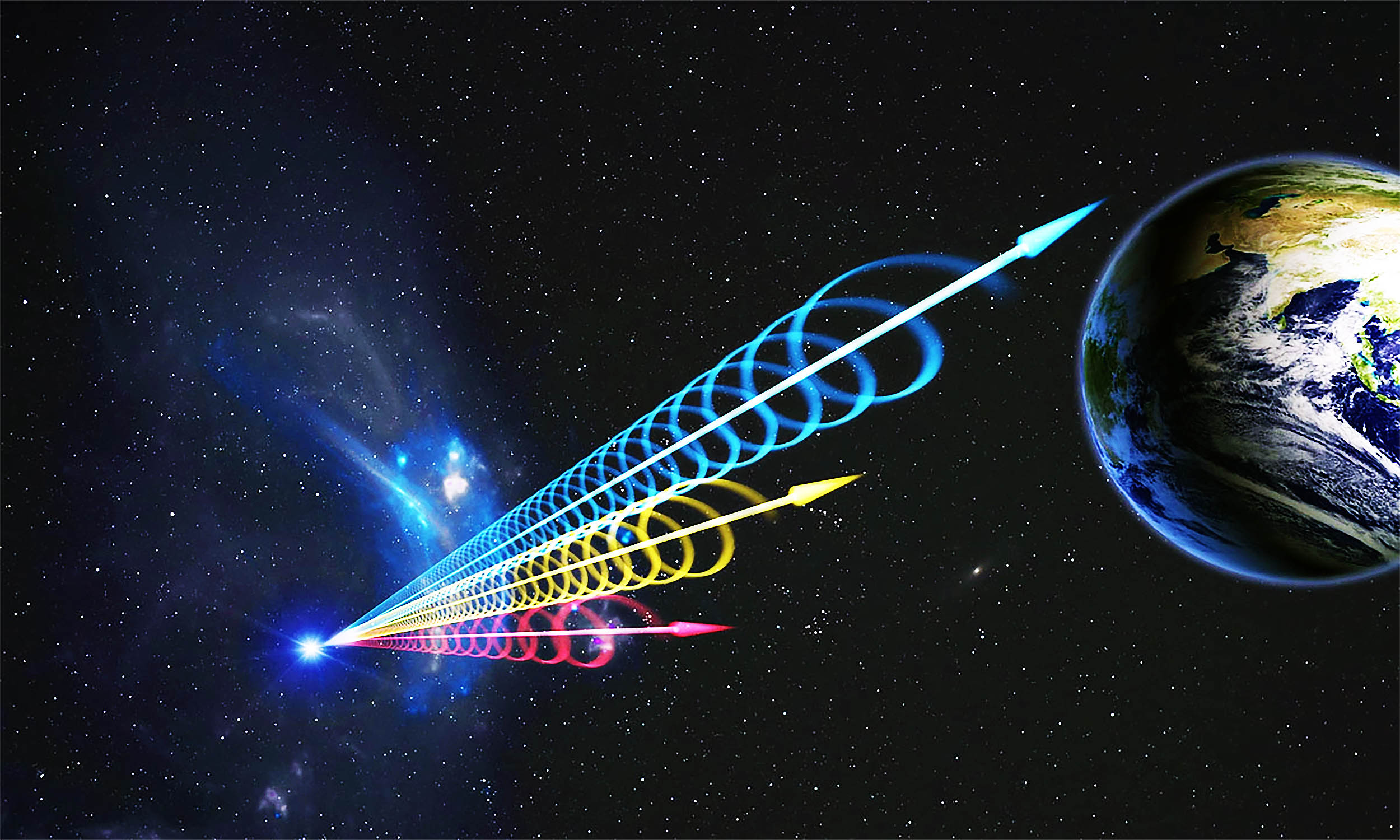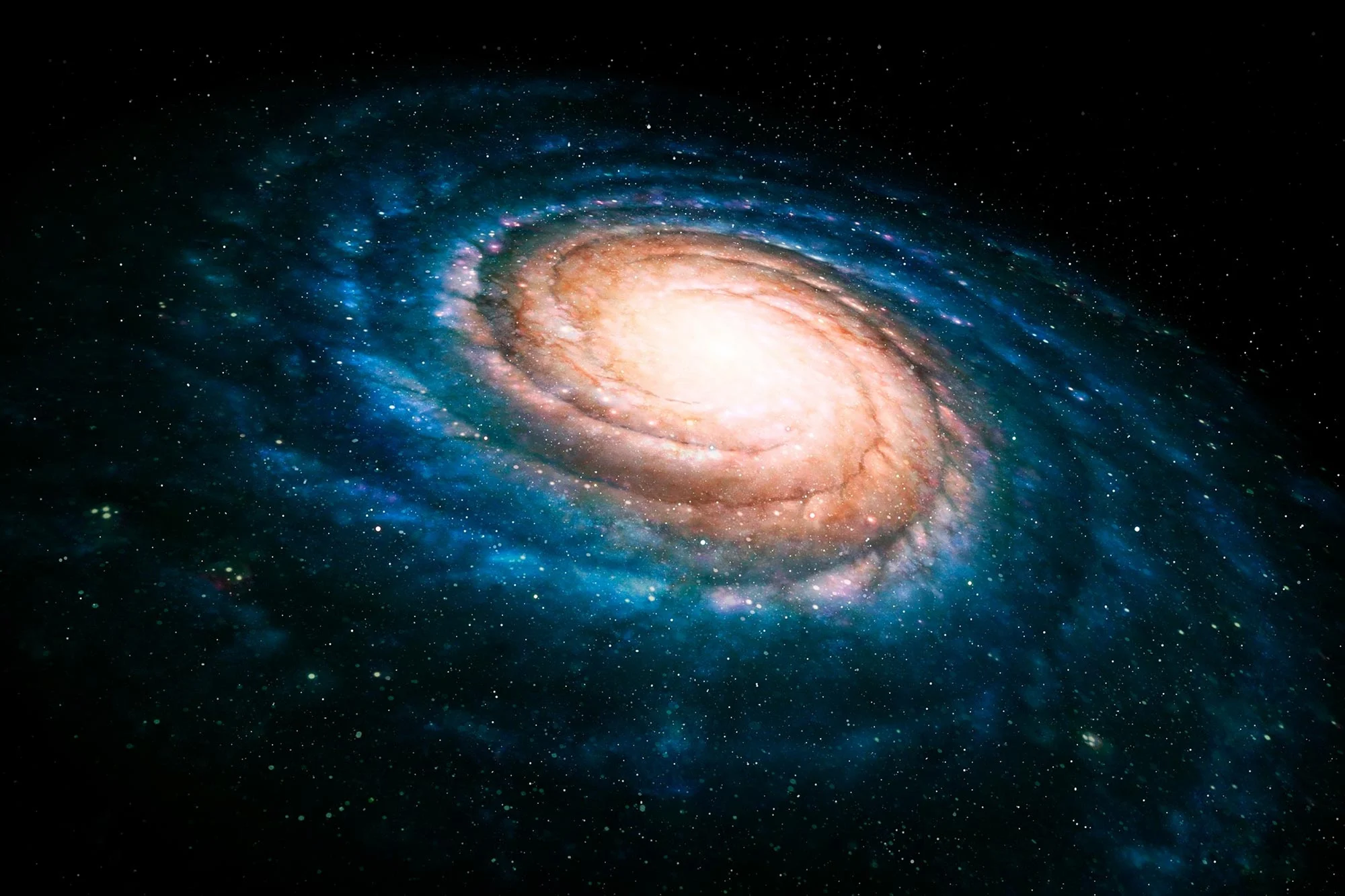A Nearby Rocky Planet Just 66 Light-Years Away Could Unlock Secrets of Small Planets in Our Galaxy
TL;DR
Astronomers have discovered GJ 1252 b, a rocky planet 66.5 light-years away, orbiting a red dwarf star. This planet is slightly larger and denser than Earth, completing an orbit in just 12.4 hours. Though its close orbit makes it inhospitable, the planet’s proximity and the star’s calmness offer unique opportunities for detailed study. These findings will help scientists gather essential data about rocky planets, shedding light on their frequency and characteristics across the Milky Way.
Our cosmic neighborhood is proving to be quite crowded with planets. Astronomers have discovered a new exoplanet slightly larger than Earth, orbiting a red dwarf star just 66.5 light-years from us.
This planet is a great candidate, they say, to help us fill the significant gaps in our understanding of small, rocky planets in the Milky Way.
Our ability to detect and learn about exoplanets has surged since the first one was discovered in 1992. As of now, over 4,100 exoplanets have been confirmed in our galaxy, and we’ve gained a much better understanding of how planetary systems form and evolve.
However, since we’re searching for small, faint, or distant objects, most of the exoplanets discovered so far are large — gas or ice giants, like Neptune and larger.
The Kepler and TESS missions have increased the number of smaller exoplanet detections, planets with masses similar to Earth or Venus, which are more likely to be rocky instead of gaseous — one of the key requirements for life as we know it.
However, according to an international team led by MIT astrophysicist Avi Shporer, rocky planets are difficult to measure and characterize. This is because they’re rarely found orbiting stars bright enough for the detailed follow-up studies needed.
That’s what makes the discovery of this new exoplanet so exciting. The team’s paper has been uploaded to arXiv, and while it hasn’t been peer-reviewed yet, the findings are intriguing.
“Here we present the discovery of GJ 1252 b, a small planet orbiting an M dwarf. The planet was initially discovered as a transiting planet candidate using TESS data,” the researchers explain.
Recently discovered rocky planets include Pi Mensae c and LHS 3844 b, located 60 and 49 light-years away, respectively, announced last year. Others, such as TOI-270b (73 light-years away), Teegarden b and c (12.5 light-years away), and Gliese b, c, and d (12 light-years away), have also been identified.
The more of these nearby rocky planets we find, the more data we can gather to understand how common they are, and what they’re like. Are most rocky planets barren like Mercury, Venus, and Mars, or are Earth-like planets more prevalent in the Milky Way?
This has significant implications for the search for extraterrestrial life. But first, we need to find more rocky exoplanets. GJ 1252 b could be a perfect place to begin.
“The proximity and brightness of the host star, along with the planet’s short orbital period, make this system an attractive target for in-depth study,” the researchers noted.
These studies include analyzing the planet’s atmosphere and using future Gaia data, combined with long-term radial velocity measurements, to search for any undiscovered stars, brown dwarfs, or massive planets orbiting the host star.
“Using the TESS data and additional follow-up, we were able to rule out all false positive scenarios, confirming it’s a real planet.”
GJ 1252 b is about 1.2 times the size of Earth, with twice the mass, making it denser than our planet. It orbits a red dwarf star called GJ 1252, which is roughly 40% of the Sun’s size and mass.
The planet completes an orbit around its star every 12.4 hours, far too close for habitability and likely tidally locked, meaning one side permanently faces the star. However, this close orbit also has its advantages.
At just 66.5 light-years away, the system is near enough for the star to be bright enough for further studies. Additionally, the red dwarf is unusually calm for its type, and the planet’s frequent transits offer numerous opportunities to observe it crossing in front of its star.
These transits, if the planet has an atmosphere, will allow astronomers to analyze it by observing the starlight passing through the atmosphere during the event.
And here’s another interesting fact: GJ 1252 b is just the latest in a series of nearby rocky planets discovered by TESS.
The research has been submitted to the American Astronomical Society, and is available on arXiv.




